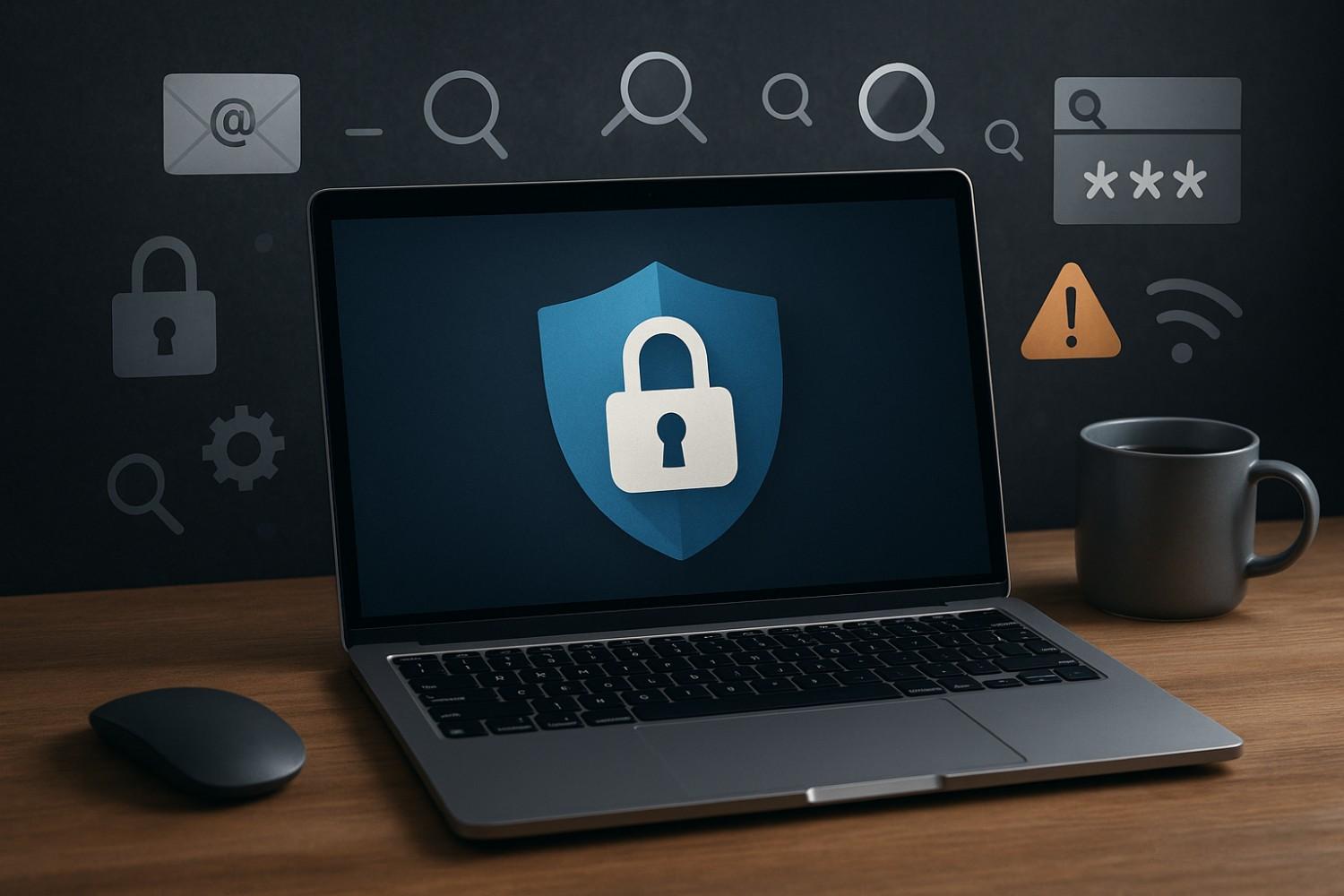In a world where our lives are increasingly intertwined with the digital space, the concept of privacy has evolved. Every click, like, and share creates a digital footprint that can be tracked, analyzed, and used. While this may seem daunting, protecting your online privacy doesn’t require a degree in computer science.
By making a few simple, conscious changes to your daily habits and settings, you can significantly reduce your digital exposure and take back control of your personal information. These easy-to-implement tweaks are powerful tools for a more secure and private online life.
1. Enable Two-Factor Authentication (2FA)

Two-factor authentication, or 2FA, adds an essential layer of security beyond just a password. It requires a second form of verification, like a code sent to your phone or generated by an authenticator app, to access your account.
This makes it incredibly difficult for a hacker to get in, even if they’ve somehow stolen your password. Enabling 2FA is one of the most effective and straightforward ways to protect your accounts, especially for critical services like email, banking, and social media. (source)
2. Use a Password Manager
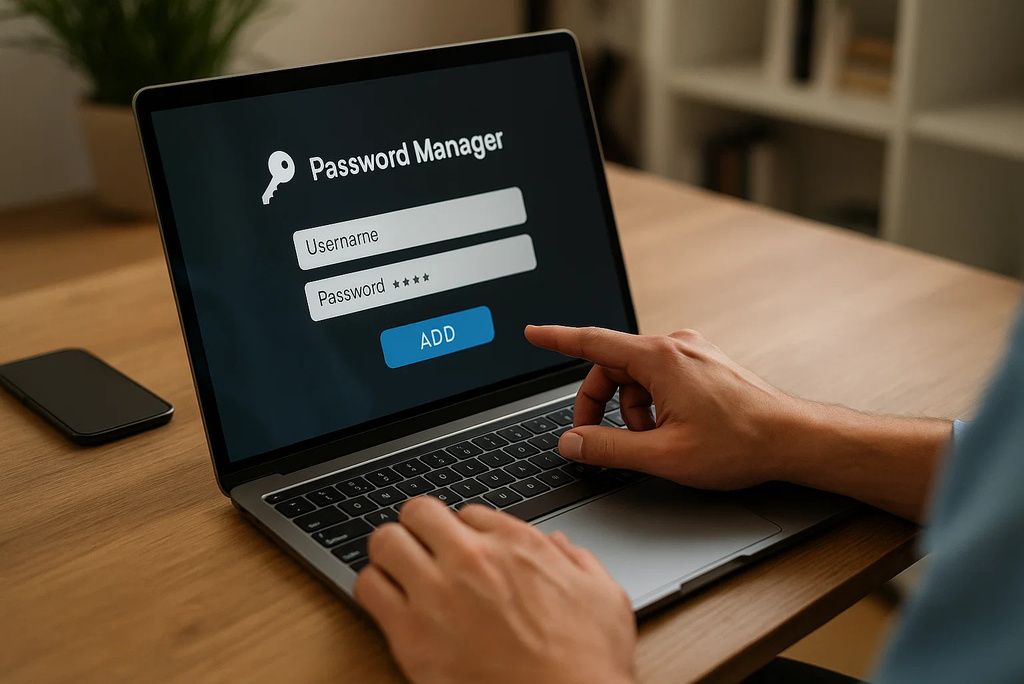
Reusing the same password for multiple accounts is a significant security risk. A password manager solves this problem by generating and securely storing unique, complex passwords for all your online services. You only need to remember one master password to unlock the manager, which then auto-fills your login details as needed. This not only enhances security but also simplifies the process of creating and managing strong passwords.
3. Be Mindful of App Permissions
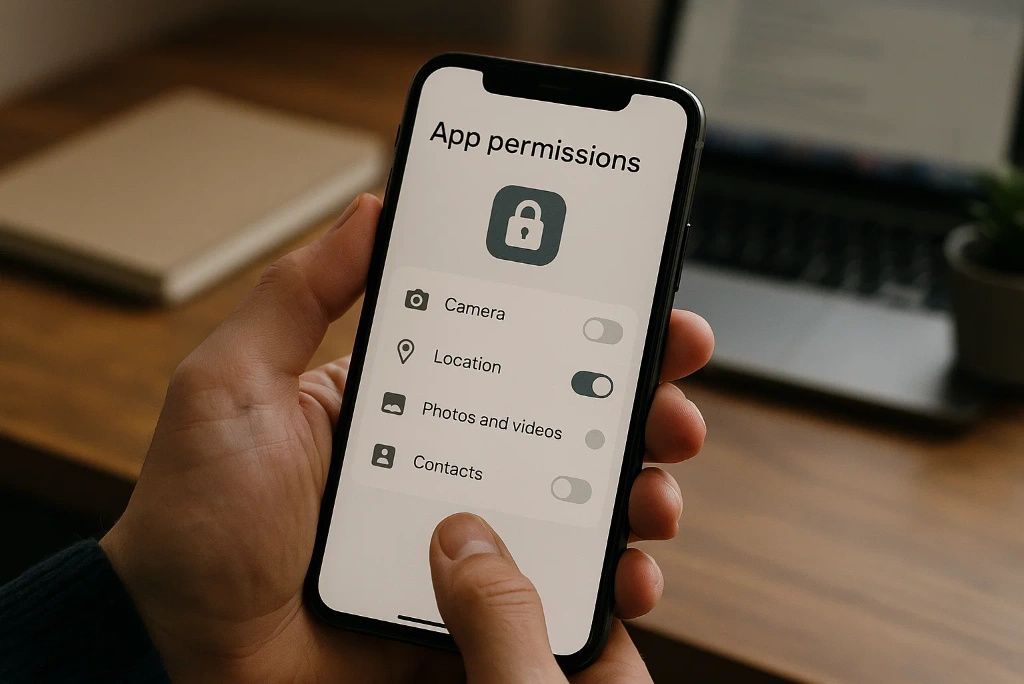
When you download a new app, it often requests permissions to access parts of your phone, like your microphone, camera, or location. Many apps ask for more access than they actually need to function. A flashlight app, for instance, has no legitimate reason to access your contacts.
Be selective and only grant permissions that are absolutely essential for the app’s purpose. Regularly review the permissions of your existing apps in your phone’s settings to ensure they’re not collecting unnecessary data.
4. Adjust Your Social Media Privacy Settings
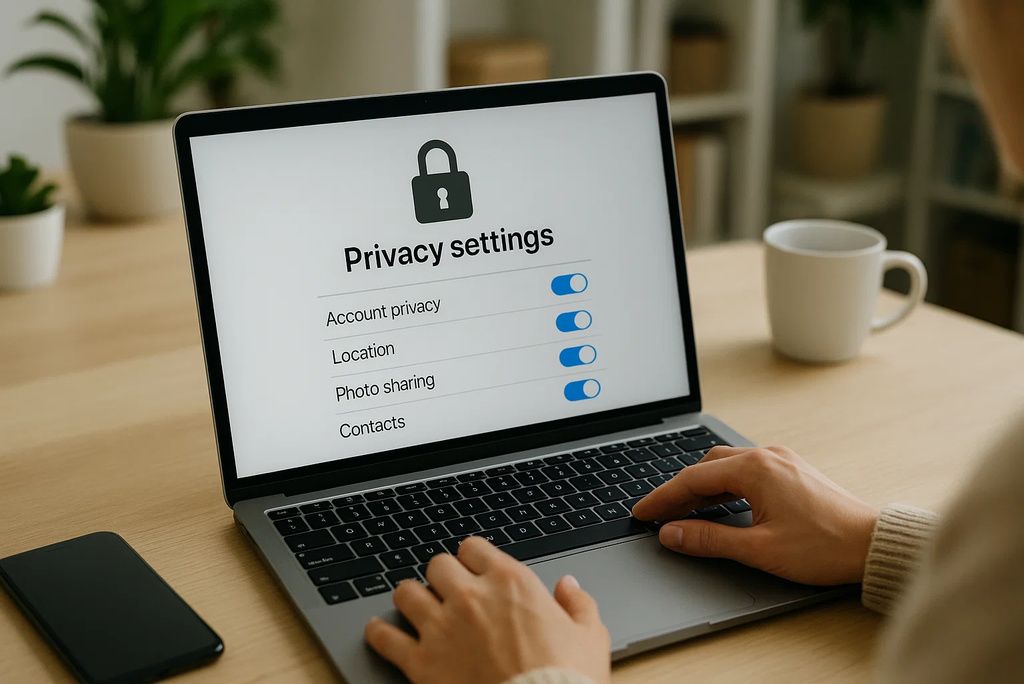
Social media platforms are treasure troves of personal data. By default, many of these platforms have lax privacy settings that can expose your posts, photos, and personal information to a wider audience than you intend. Take the time to go through each of your social media accounts and tighten the privacy settings. Make your profile private, control who can see your posts and photos, and limit who can tag you.
5. Clear Your Browser History and Cookies Regularly
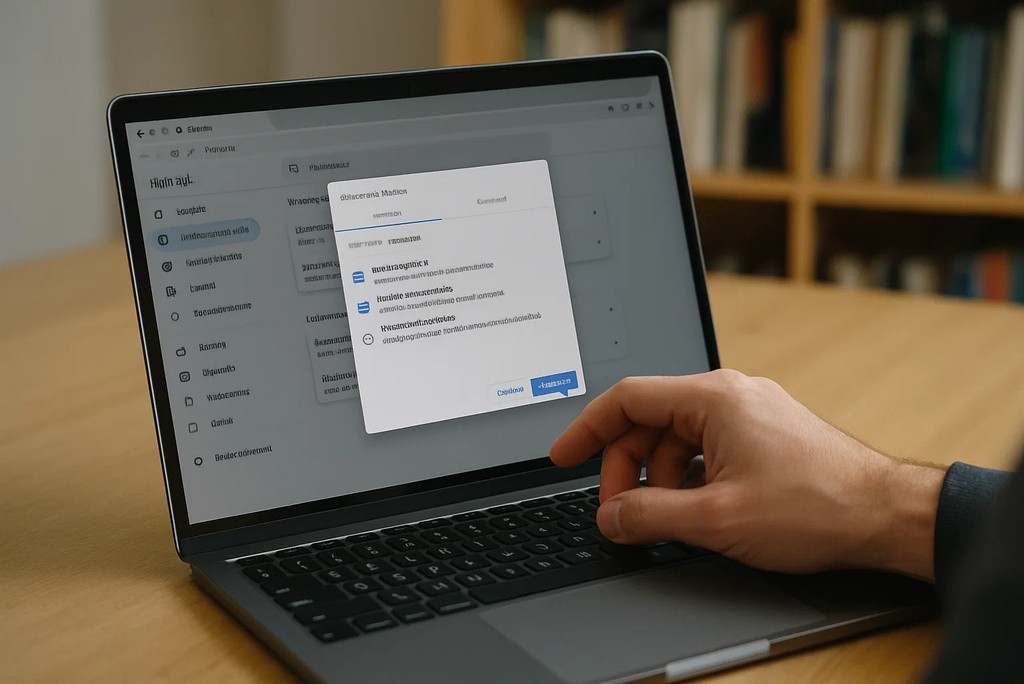
Your web browser keeps a detailed record of your online activity, including sites you’ve visited, searches you’ve made, and “cookies” that track your preferences and login information. Regularly clearing your browser’s history and cookies can prevent this data from being used to build a profile of your habits.
You can also use “incognito” or “private” browsing modes for activities you don’t want to be recorded, although it’s important to remember that this doesn’t make your activity completely anonymous to your internet service provider (ISP). (source)
6. Use a VPN on Public Wi-Fi

Public Wi-Fi networks in coffee shops, airports, and hotels are often unsecured, making it easy for hackers on the same network to intercept your data. A Virtual Private Network (VPN) encrypts your internet traffic, creating a secure tunnel between your device and the internet. This effectively hides your online activity from prying eyes on the same network, protecting sensitive information like your login credentials and credit card details.
7. Avoid Phishing Scams
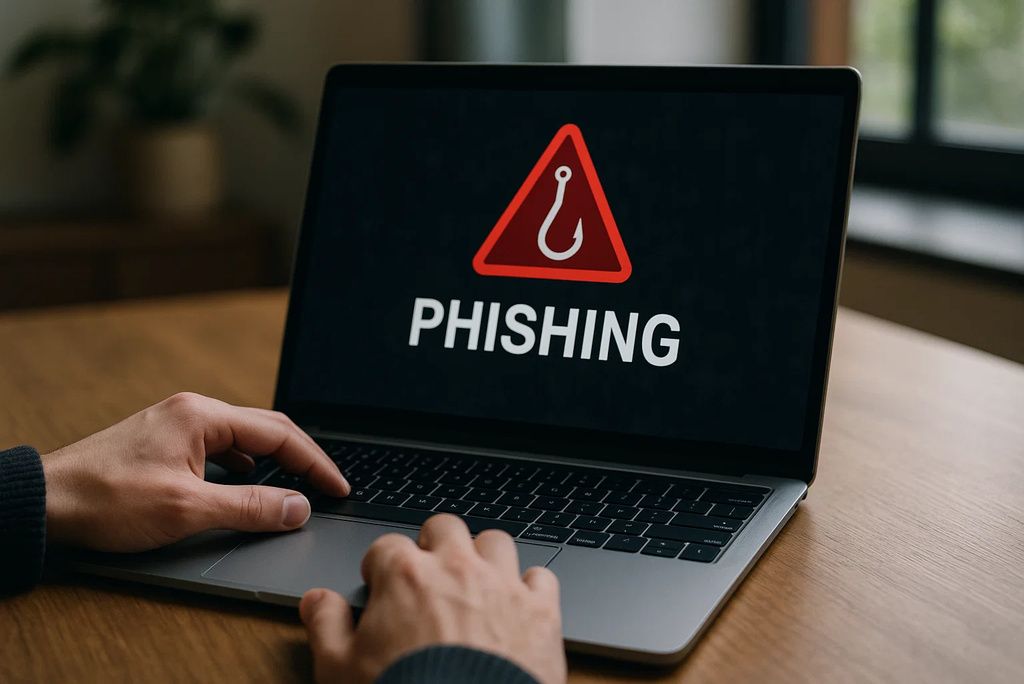
Phishing is a common scam where cybercriminals try to trick you into revealing personal information by posing as a legitimate company or individual. They often use emails or text messages that look authentic but contain malicious links or attachments.
Always be cautious of unsolicited messages, especially those that create a sense of urgency. Hover your mouse over any link before clicking to check its actual URL. It’s also a good practice to go directly to a company’s official website instead of clicking a link in an email.
8. Use a Privacy-Focused Search Engine
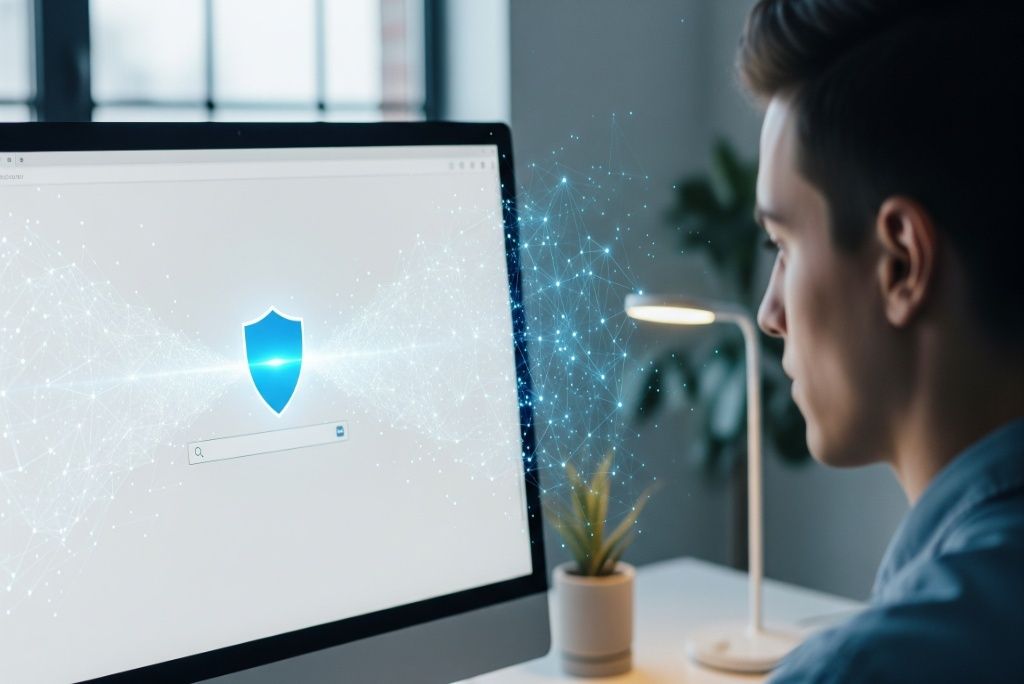
Search engines like Google, Bing, and Yahoo track your search history and use that information to create a profile for targeted advertising. Using a privacy-focused search engine, such as DuckDuckGo or Startpage, can prevent this kind of data collection. These services do not save your search history or track your activity, providing a more private and secure browsing experience without sacrificing the quality of your search results.
9. Update Your Software and Devices Regularly
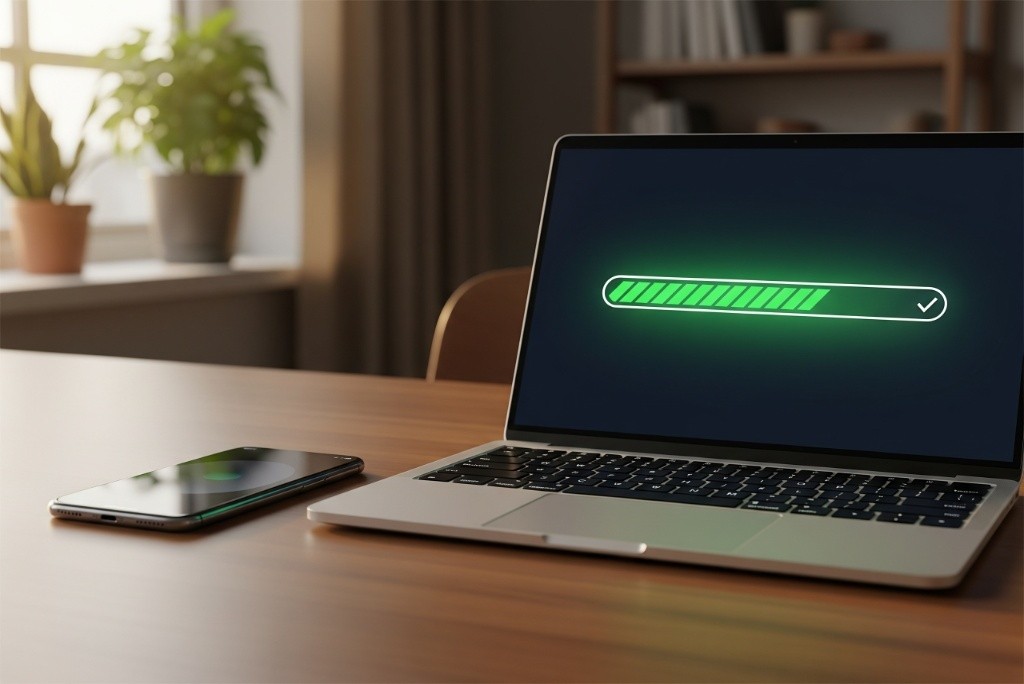
Software and operating system updates aren’t just for adding new features; they often include critical security patches that fix vulnerabilities. Ignoring these updates leaves your devices exposed to known threats that hackers can easily exploit. Whether it’s your phone, computer, or a smart home device, make sure you install updates as soon as they become available. Enabling automatic updates is a great way to ensure you’re always protected.
10. Limit What You Share on Social Media

The most straightforward way to protect your privacy is to limit what you make public. Every time you post a picture, check in at a location, or share a personal detail, you are building a public record of your life. Even seemingly innocent information, like the name of your first pet or your high school, can be used to answer security questions and gain access to your accounts. Think carefully before you post, and consider if the information is truly necessary for others to know.
11. Review Your Location Settings

Many apps and services constantly track your location in the background. While this can be useful for navigation or finding nearby restaurants, it can also be a significant privacy risk. Go into your device’s settings and review which apps have access to your location. For most apps, you can choose to only allow access while using the app or to deny it altogether. Turning off location services when not needed can prevent unwanted tracking.
12. Use Encrypted Messaging Apps
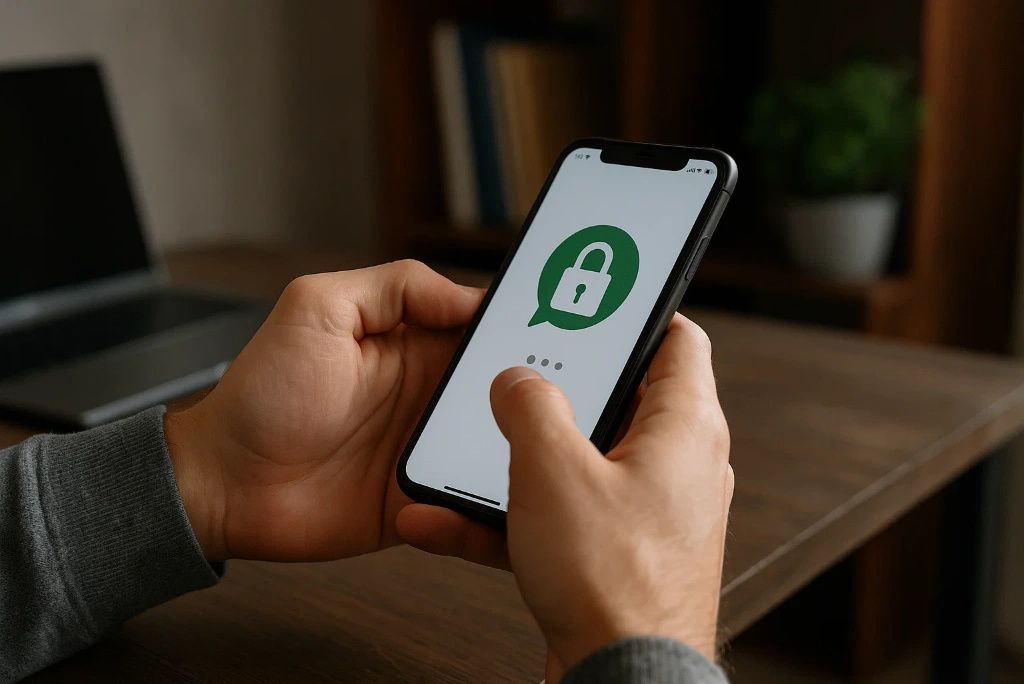
Standard text messages and many popular messaging apps do not use end-to-end encryption, meaning your conversations could potentially be intercepted and read. For truly private conversations, use messaging services that offer end-to-end encryption by default, such as Signal or WhatsApp. This ensures that only you and the person you’re communicating with can read your messages, making them unreadable to anyone else, including the service provider.
13. Be Wary of Unsolicited Friend Requests

On social media, accepting a friend request from someone you don’t know can give them access to a significant amount of your personal information, depending on your privacy settings. These fake accounts, often called “catfish” or “sock puppets,” are sometimes created by scammers to gather data for phishing or other malicious purposes. It’s best to only accept friend requests from people you know in real life to protect your personal network and information.
14. Use a Different Email for Subscriptions

Many websites, newsletters, and online services require an email address to sign up. Using your primary email for all of these can lead to a cluttered inbox and an increased risk of spam and phishing. Consider creating a secondary “junk” email address specifically for these subscriptions. This keeps your main inbox clean and protects your primary email from being exposed in potential data breaches.
15. Review Your Data Activity with Tech Companies

Many major tech companies, like Google and Facebook, offer dashboards where you can see and control the data they have collected about you. Taking the time to review these dashboards is a powerful way to understand your digital footprint. You can often see your search history, location history, and ad preferences, and in many cases, you have the option to delete this data or change your settings to prevent future collection.
Disclaimer: This article is for informational purposes only and is not intended as a substitute for professional cybersecurity advice. While the information provided is based on reputable sources and best practices, it is essential to consult with a qualified professional for specific security concerns.

